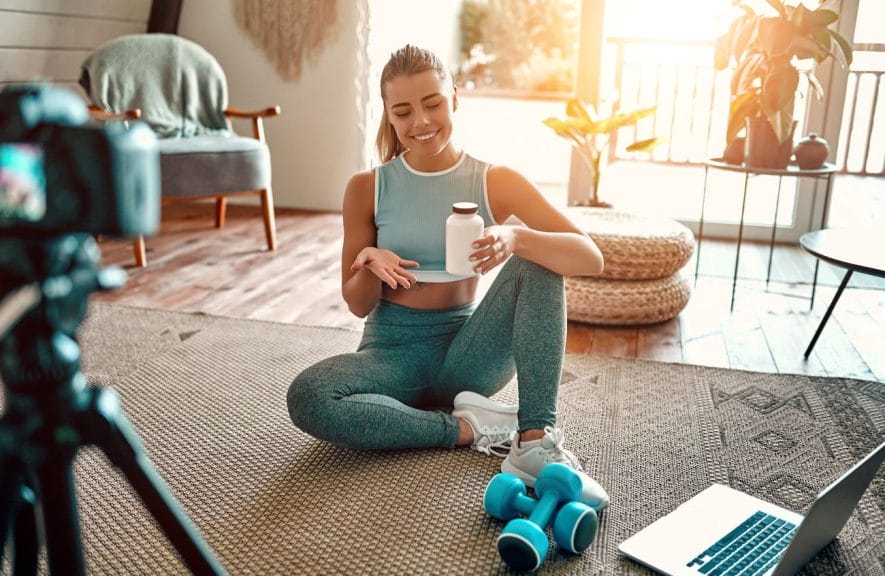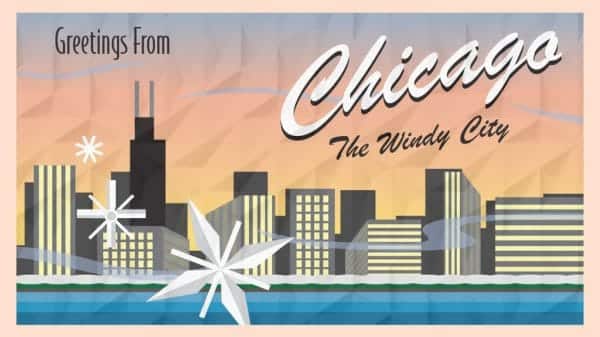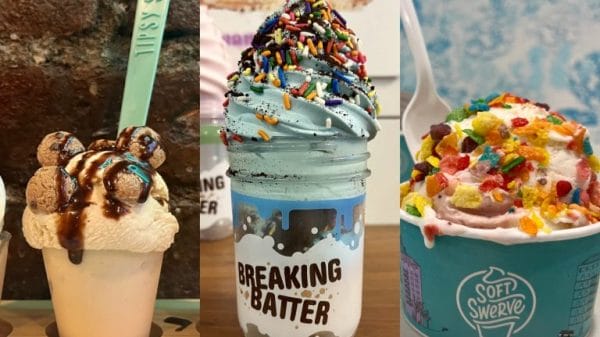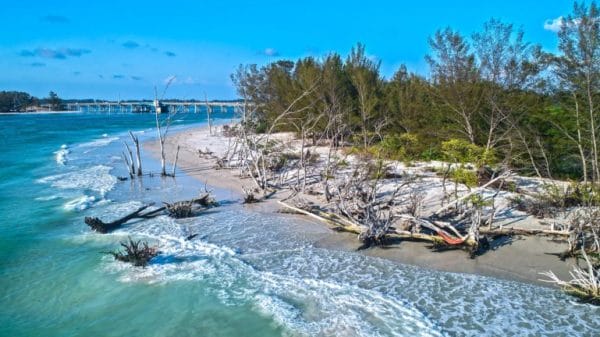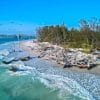Social media is on the one hand a modern-day fount of unsupported claims and profiles peddling unhealthy habits. On the other, influencers, including celebrities, elect a lifestyle promoting healthier eating and drinking, workout routines, and steps to skincare that shouldn’t necessarily be ignored.
During a CNBC interview in 2004, Mark Zuckerberg described “The Facebook” as “an online directory that connects people.” It was for sharing “your interests”, and “who your friends are”, to “check out people’s online identities, and see how people portray themselves.”
For a while, that much was true and in some ways, nothing has changed.
What is social media selling?
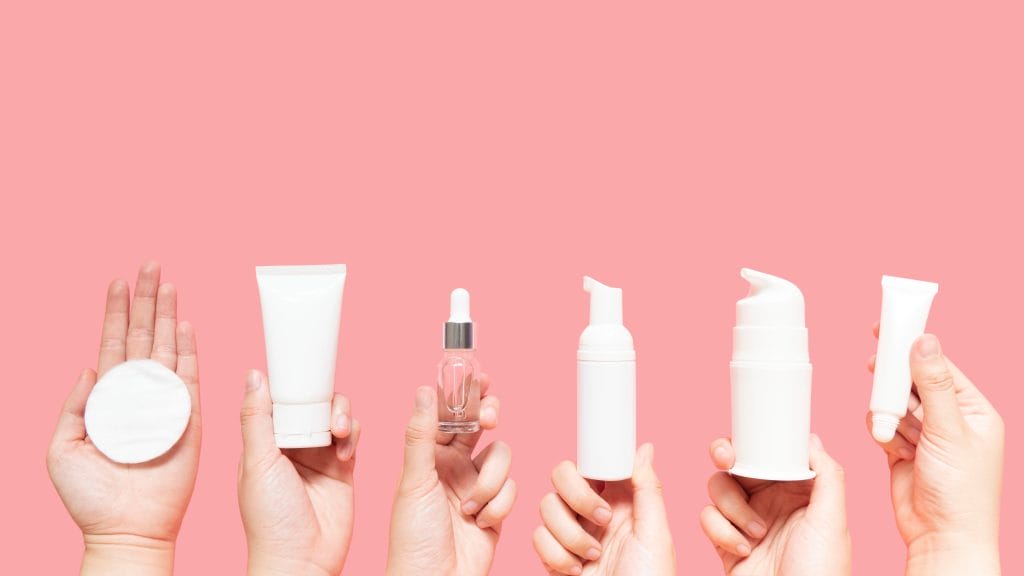
Wrapped up in a recorded package typically no longer than 26 seconds, someone with a reliable number of followers is telling viewers what to do and how to do it. Try wall Pilates to get that lean body. This purple paste will whiten your teeth. Facial cleanser comes before serum.
Better drinking habits
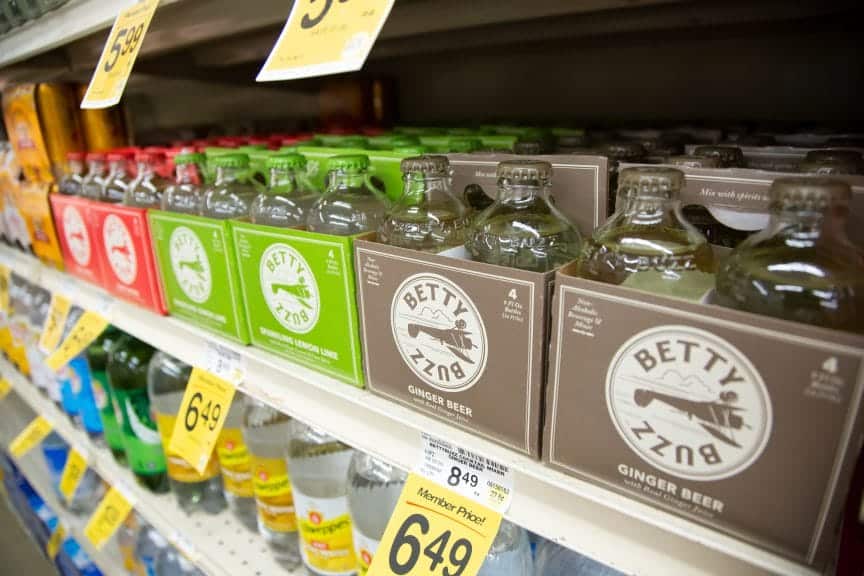
An opinion piece in The Irish Times revealed that “Gen Z and millennials are drinking wine like grown-ups, while their parents are drinking like teens.” In addition to an apparent rise in grape partiality, there is a clear contrast in generational ideals. Drinking is becoming less about escapism, and social media has a band of sober influencers and fresh-faced fashionistas fostering moderation.
The rise of mocktails, coupled with a -7.6% figure capturing the rise in spirit sales among Zoomers in the U.S., indicates a sharp swerve from customary knocking back after a long day’s work towards fruity, unfermented flavors. Blake Lively’s sparkling soda Betty Buzz and Katy Perry’s De Soi are some of the recent trend-setting beverages on the market.
Not everything needs to be non-alcoholic though. How could one not be impressed by Kendall Jenner’s 818 tequila brand, or ignore the contentious narrative around Kylie Jenner and Travis Scott’s hard seltzers? Vintage Instagram posts, teasing footage, and a refined online aesthetic are spreading a nuanced attitude towards alcohol—quality over quantity.
Better eating habits: “The sound of love, guys”
It may have started with cookbooks like Jamie Oliver’s 30-Minute Meals, but social media is spreading not only the simplicity of cooking, but also communicating an appreciation of food. Chefs like Max Mariola and The Pasta Queen emphasize traditional Italian methods and ingredients with a side of love.
Feeds are saturated by clips of “girl dinners” which often feature healthy recipes for some self-love. Users are interested in Jennifer Aniston’s viral salad, replacing bread with lettuce leaves, high-protein dishes for “batch cooking”, and detox fruit bowls.
Let’s not forget that there are still plenty of creamy, carb-filled ideas to be discovered online. The trick? Get your algorithm hooked on the low-fat and health-giving food porn.
An increase in physical activity
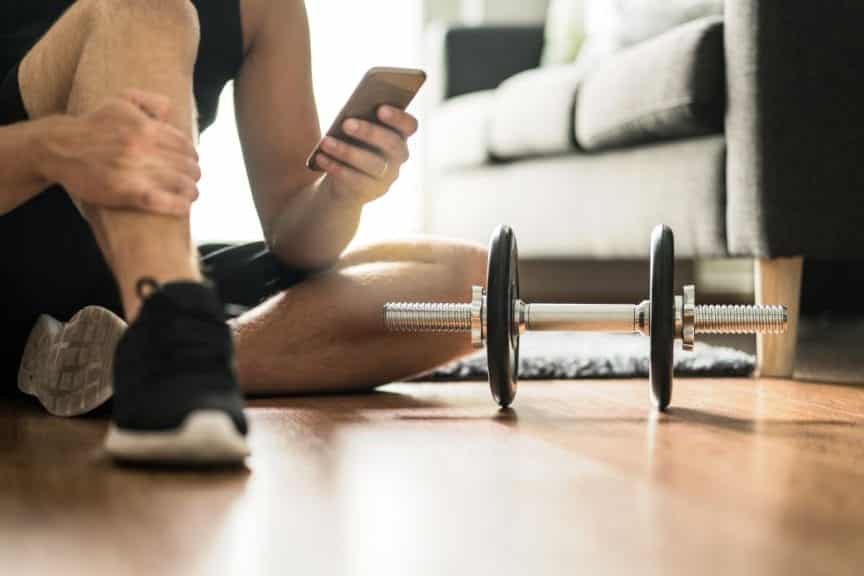
During the COVID-19 pandemic, once the initial panic and blind optimism abated, people learned to live in lockdown. For some, it brought a mostly sedentary existence, whereas others used the borrowed time to get in shape.
Alongside TikTok’s 180% increase in popularity among 18 to 25-year-olds, at-home exercise became widespread, from 10-minute burst workouts to yoga. Influencers posting workout routines enjoyed an almost cult-like following and offered discipline during a period of unwonted freedom to do nothing. And pressing play on a saved reel or YouTube video still takes precedence for many over going to the gym.
The reign of skincare routines on social media
While there’s nothing wrong with slapping on soap and simply rinsing, it might confound Hyram Yarbro and a multitude of others opting for a lengthy ritual.
Kim Kardashian recommends a daunting 9-step routine, Hailey Bieber strives for the complexion of a “glazed donut”, and an online army of dermatologists offers guidance. Frankly, most are plugging their own products. But regardless of strategic sales work, they are spotlighting the importance of taking care of our skin.
What are followers not buying?
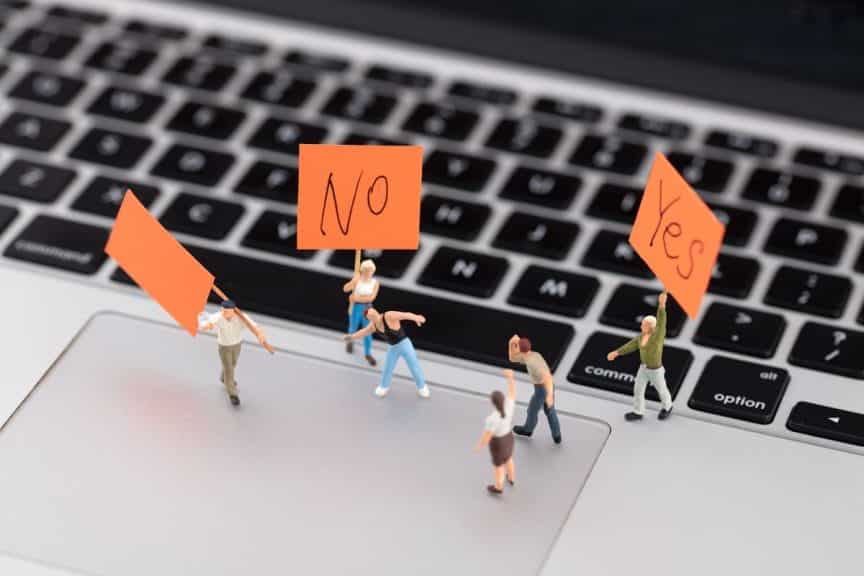
Followers aren’t buying change. Influencers and followers are engaged in a lethal relationship, where one move out of character by the influencer results in a sense of betrayal on the follower’s part.
“Do plus-size influencers owe their followers an explanation when their bodies change?” asks Katie K. M. Baker in The New York Times. This dependence on a steadfast persona defies the basic fact that people change.
A new market has opened for the so-called “virtual influencers”
Instead of partnering with real people, more marketers are using virtual influencers, essentially digital avatars, to promote their products. These computer-generated characters, such as Lil Miquela and Aitana Lopez, are tailored to appeal to a target audience.
Through an online presence powered by AI technology, virtual influencers are just like your favorite trendsetter. However, they are either animations or designed to look life-like. Controllable, available 24/7, and cost-effective, they pose a terrifying but practical threat.
Is all of this healthy?
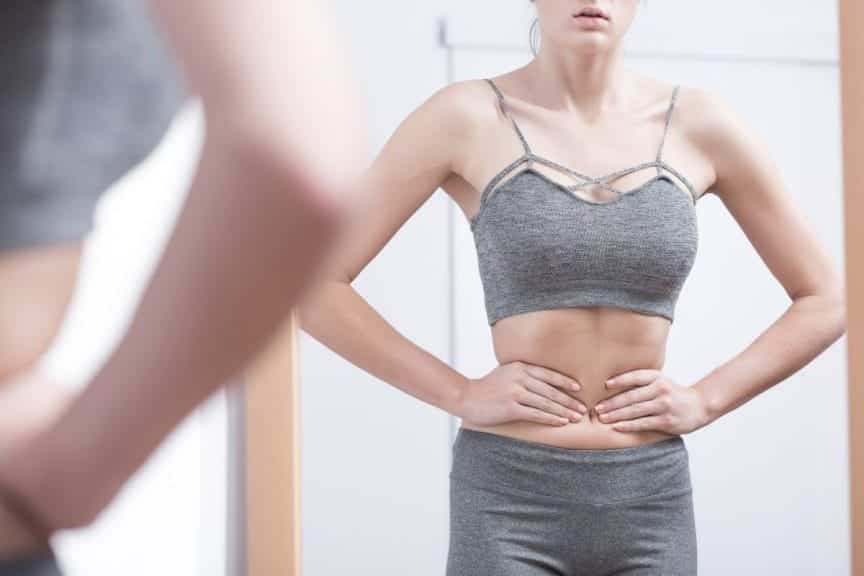
Not exactly. Having access to content that inspires us to better ourselves has the potential to make us healthier. Zoomers and millennials could be the most sober and self-aware generations so far. Yet the “infodemic” of weight loss solutions, beauty standards, and lifestyle choices found on social media feeds anxiety, FOMO, insecurity, and depression.
Eventually, with different interest groups having access to controllable entities like avatars, the future of social media is headed in an unpredictable direction. So maybe we should be thankful for the flawed but human influencers we have now. In other words, social media could become the virtual voice of healthy reason but there’ll always be another with something else to say.


